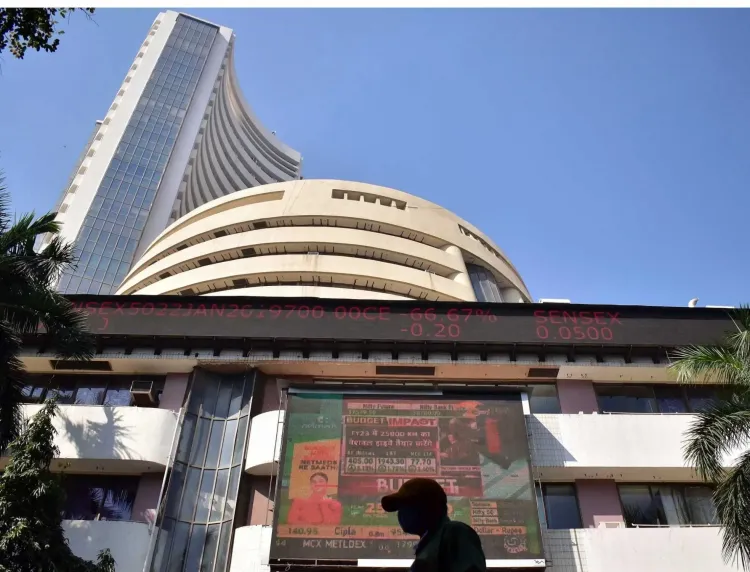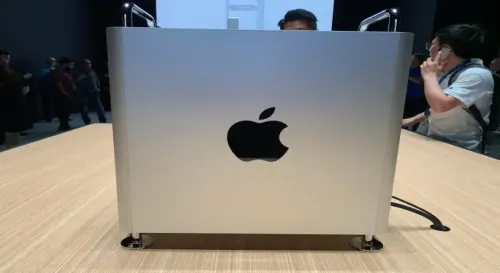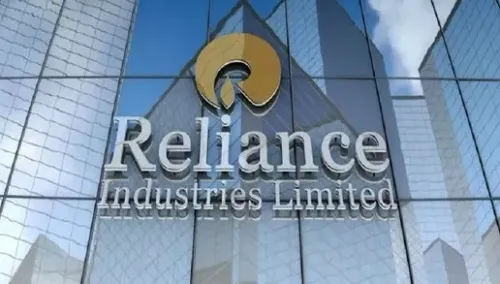Did Nifty and Sensex End Samvat 2081 on a Strong Note?

Synopsis
Key Takeaways
- Nifty 50 recorded a 6% return in Samvat 2081.
- Sensex also yielded around 6%.
- Nifty Bank achieved a 12% increase.
- Top performers included stocks like Bajaj Finance and Maruti Suzuki.
- Historic gains are common during Muhurat trading.
New Delhi, Oct 20 (NationPress) India’s stock market commenced Samvat 2082 on a robust note, with the NSE Nifty 50 and BSE Sensex both surpassing the one-year high threshold on the concluding day of Samvat 2081, which was Monday.
In Samvat 2081, the Nifty 50 benchmark yielded approximately 6 percent returns since last Diwali, with its annual return recorded at 3.58 percent. The BSE's Sensex delivered 3.19 percent returns over the past year and roughly 6 percent in Samvat 2081.
During today's trading session, the Nifty Bank index achieved a new peak, with the Nifty PSU Bank recognized as the top-performing sector.
In addition, the Nifty Bank posted a 12 percent rise. The Nifty Midcap 100 increased by 5 percent, while the Nifty Smallcap 250 saw a decline of 4 percent. The Nifty closed at 25,840 and the Sensex at 84,363, nearing their all-time highs of 26,178 and 85,571, respectively, recorded in September 2024.
Sector-wise performance in Samvat 2081 included Nifty Auto surging 16 percent, Nifty PSU Bank rising 14 percent, and Nifty Metal gaining 9 percent. Noteworthy losers were Nifty IT, Nifty Energy, Nifty Realty, FMCG, and Pharma.
Among top stock performers were Bajaj Finance, Maruti Suzuki, Bharat Electronics, and InterGlobe Aviation, with returns between 45 to 55 percent.
Throughout Samvat 2081, 433 Indian companies secured over Rs 2.9 lakh crore through various channels, an increase from Rs 2.53 lakh crore raised by 429 firms in Samvat 2080.
The Muhurat trading session, commemorating the advent of Samvat 2082, is set for October 21 from 1:45 pm to 2:45 pm.
Historically, indices have generally ended higher during Muhurat sessions, with average gains ranging from 0.4 percent to 0.9 percent, aside from slight dips in 2016 and 2017.










